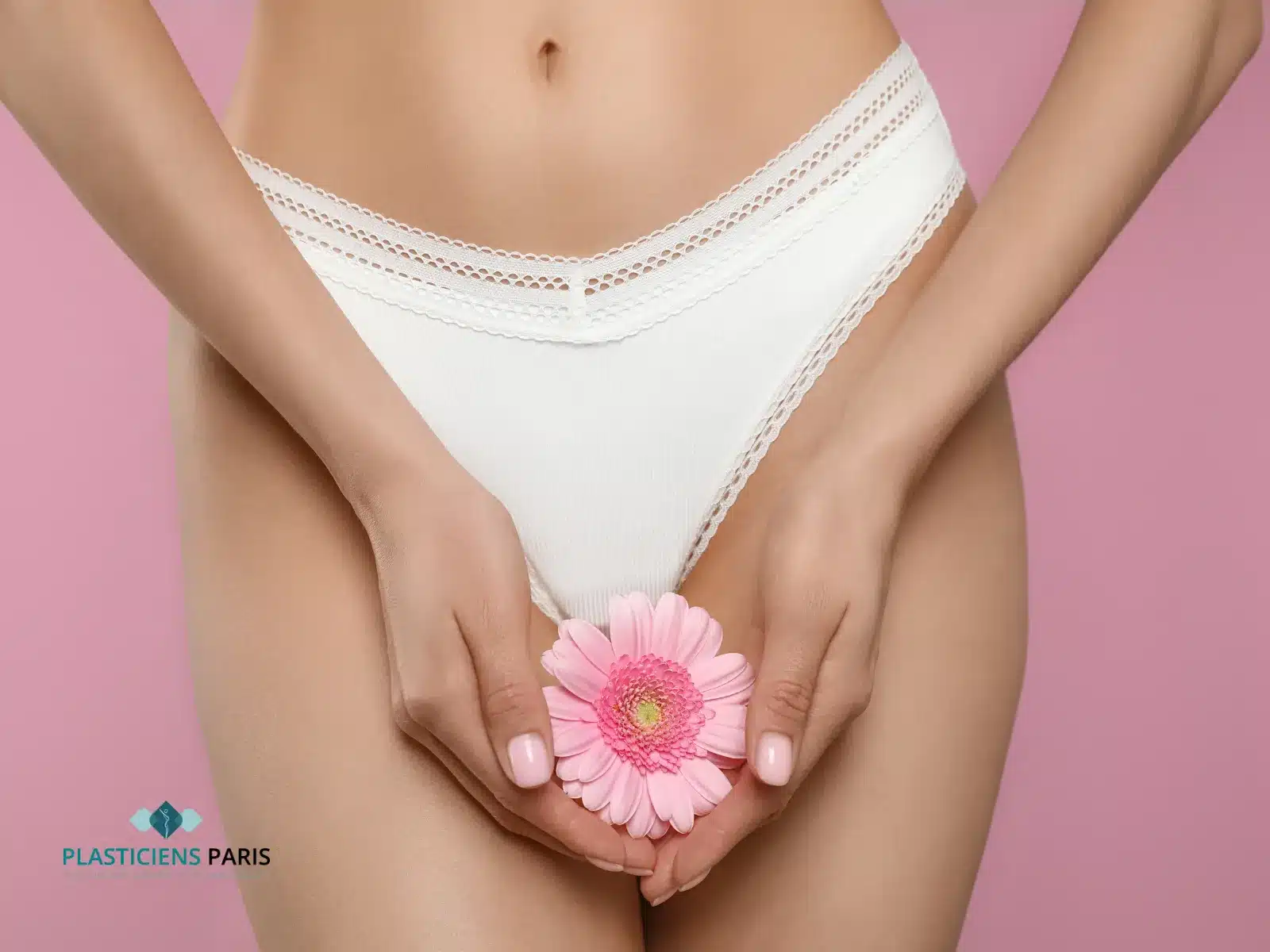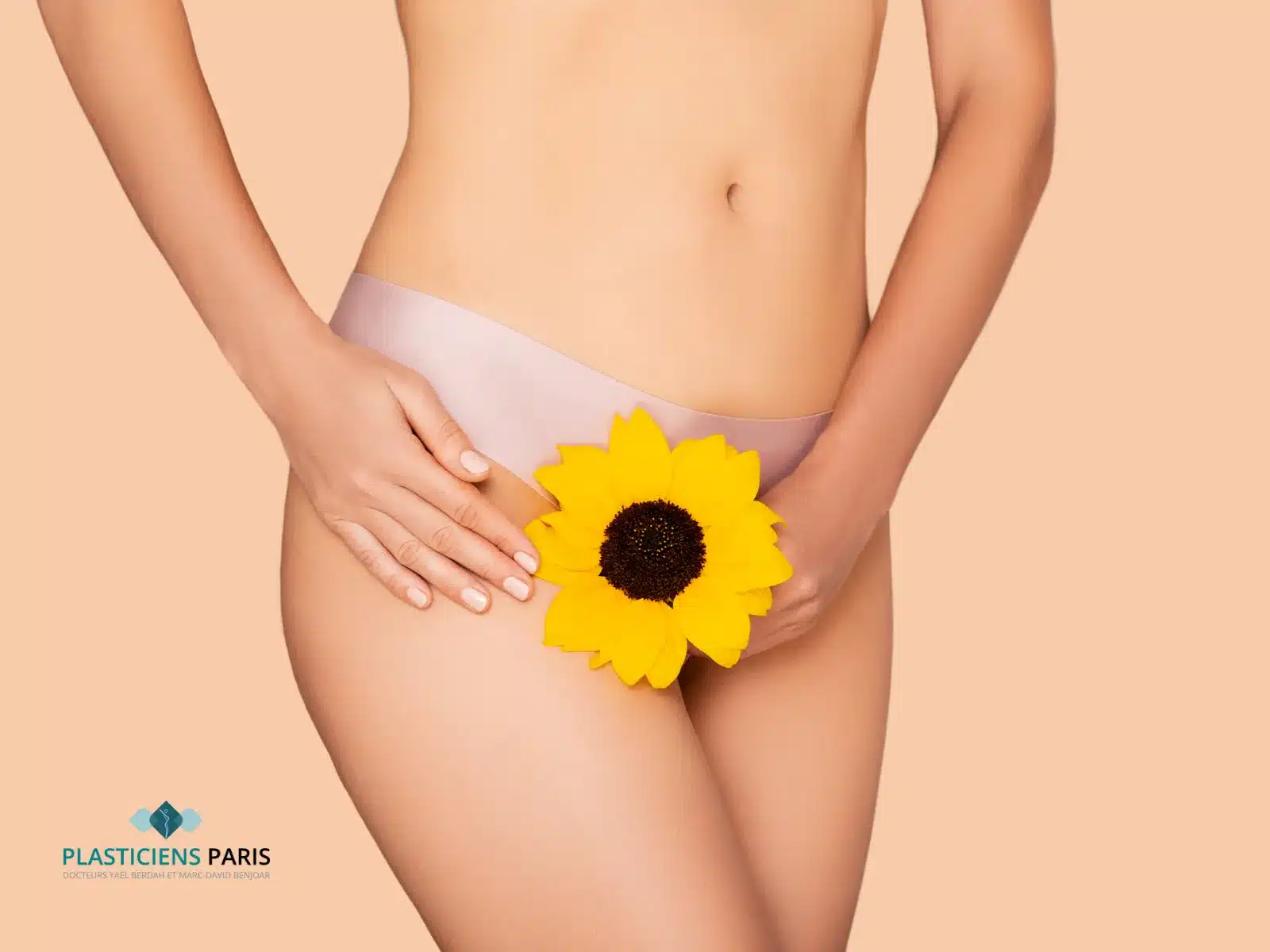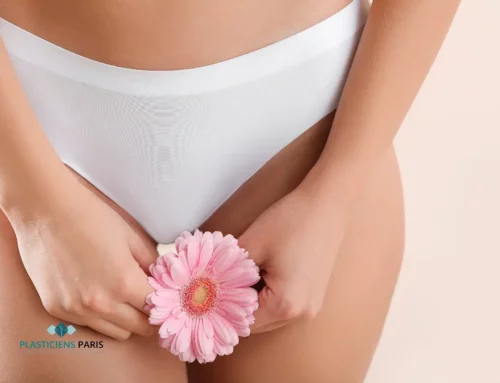
La nymphoplastie, aussi nommée labiaplastie, est une intervention chirurgicale de réduction des petites lèvres génitales. Elle est typiquement réalisée à des fins esthétiques ou fonctionnelles, chez des femmes dont les petites lèvres sont trop grandes et/ou disgracieuses. Avec la levée des tabous entourant la sexualité féminine et l’amélioration des techniques chirurgicales qui facilitent les suites opératoires de la nymphoplastie, c’est une intervention de plus en plus répandue, avec une augmentation de 57% entre 2008 et 2016.
Nymphoplasty: when to operate on an enlarged labia minora?
Il n’existe pas de définition pathologique de l’hypertrophie des petites lèvres, eu égard à la variété de morphologies du sexe féminin qui se prête peu à la normalisation. On parle toutefois classiquement d’hypertrophie lorsque les petites lèvres mesurent plus de 4 cm, mais sa perception demeure arbitraire. Les patientes qui s’estiment concernées par une hypertrophie labiale font souvent référence au fait de voir leurs petites lèvres dépasser de leur vulve, et vivent cette variante anatomique comme une source de complexes.
Thus, nymphoplasty is typically performed at the request of patients who experience psychological discomfort that can interfere with their intimate life and romantic relationships. Aesthetic and psychological discomfort are the main reasons behind almost 100% of nymphoplasty requests. However, there may also be concomitant functional discomfort. Hypertrophy of the labia minora can lead to rubbing, which interferes with the practice of certain sports (running, cycling, horse-riding, etc.), comfort during sexual intercourse and the wearing of tight-fitting clothing.
Ultimately, there is no medical indication that typically requires nymphoplasty. It's a personal decision for patients who want to feel more at ease with their bodies by reappropriating the aesthetic aspect of their sex.
Convalescence d’une Labioplastie : le post-opératoire d’une nymphoplastie
La nymphoplastie est une intervention chirurgicale habituellement effectuée en ambulatoire. Les suites opératoires consistent essentiellement en des règles d’hygiène et de prudence. Le site opératoire doit être désinfecté quotidiennement, jusqu’à la résorption ou au retrait des fils. Les douches peuvent être prises dès lendemain, les bains dès trois semaines.
Nymphoplasty and healing: precautions and advice after the operation
Il est conseillé d’éviter les vêtements et sous-vêtements serrés, et d’opter pour des matières respirantes et douces jusqu’à la cicatrisation complète des tissus. Enfin, les rapports sexuels et l’usage de tampons périodiques sont à proscrire durant les quatre semaines suivant l’intervention, voire davantage, en fonction de la cicatrisation.
Nymphoplastie et douleur : à quoi s’attendre après une labioplastie ?
Pain after labiaplasty (nymphoplasty) may occur in the days following the operation. They are moderate, and are usually managed with paracetamol. Severe pain is not normal and should prompt you to consult your surgeon without delay.
Convalescence d’une nymphoplastie : les effets secondaires après une labioplastie
Nymphoplasty has no side effects as such, but complications can occur. To reduce the risk of complications, it's essential to follow the advice on post-operative hygiene and care.
The most frequent complication is stitch loosening, which can occur as a result of friction or trauma, however minor. Infections are rare, but can occur.
Hematoma is a more serious complication, often accompanying stitch rupture, and may require revision surgery.
Plus rarement, on peut observer des dyspareunies (douleurs lors des rapports sexuels), une nécrose cutanée (notamment en cas d’excès de résection ou de dévascularisation) et une perte de sensibilité, habituellement temporaire.

La reprise du sport pendant la convalescence d’une nymphoplastie (labioplastie)
Following nymphoplasty, the return to sport must be cautious and gradual. Generally speaking, we recommend waiting four to six weeks before resuming physical activity, but each case is unique.
In fact, it's essential to strictly follow your surgeon's recommendations on a case-by-case basis, to reduce the risk of complications that could lead to a disappointing result.
The labia minora are located on an area of the body that is particularly prone to friction, and where the risk of trauma to the surgical site is high. It is therefore advisable to wait until the sutures have fully resorbed and the tissues have completely healed before resuming sport.
The duration of healing depends on the type of nymphoplasty performed and the profile of each patient.
Les résultats post-opératoires d’une nymphoplastie
Nymphoplasty is still a confidential operation, with little data available. However, studies on the subject report high satisfaction rates, ranging from 91% to 96%.
A study by the CHU d'Angers published in 2018 on a panel of 30 patients shows an improvement in aesthetic discomfort in 84% of patients and functional discomfort in 94%.
Before/after nymphoplasty testimonials mention improved comfort when wearing tight clothing and improved comfort when practicing sports activities.
Price of a labioplasty: how much does a nymphoplasty cost?
The price of a labioplasty (nymphoplasty) varies according to the surgeon involved, the complexity of the procedure and ancillary costs such as anesthesia and hospitalization. A detailed estimate is provided during the pre-operative consultation, enabling the patient to make an informed decision.
You can also consult our price list.
Pour en savoir plus sur la prise en charge de l’intervention, consultez notre article sur le remboursement d’une nymphoplastie. Les interventions de nymphoplastie sont exclusivement réalisées par le Dr Yaël Berdah, chirurgienne.

